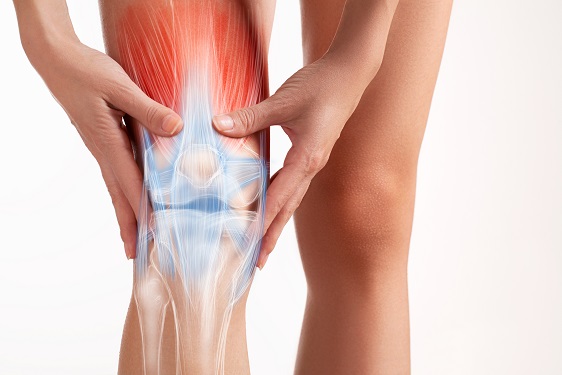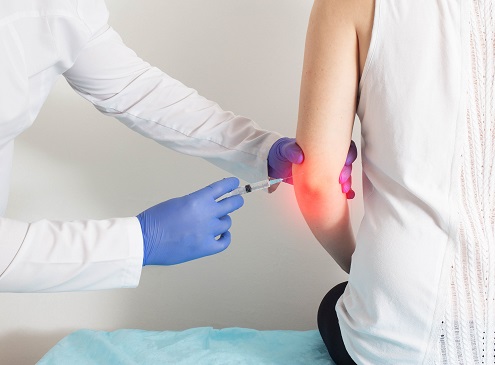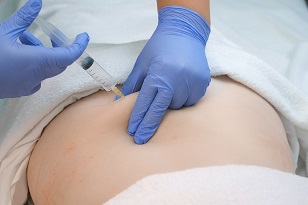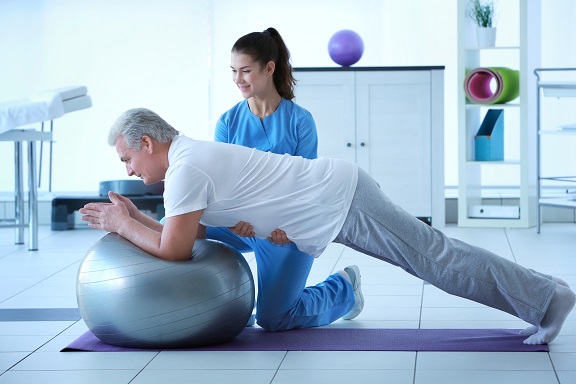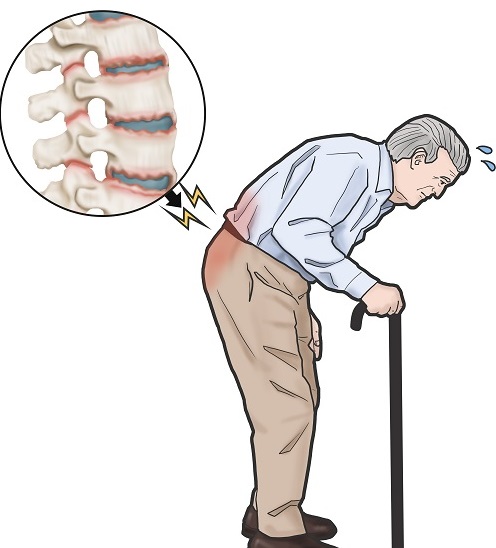The knee is one of the largest joints in the body. Due to many movements in our daily life, the knee joint is used a lot and is one of our joints that carries body load, so there is a high probability of injury and calcification. Non-localized, common knee pains are usually caused by intra-joint diseases (such as meniscus lesions, cross-ligaments, joint cartilage lesions); Localized, regional knee pain is mostly caused by pathologies of anatomical structures surrounding the joint (such as tendinitis, bursitis).
Who has more frequent knee pain?
In sports such as athletics, skiing, basketball and football knee pain is common in overweight people and due to aging in later years.
What are the causes of knee pain?
The causes of knee pain can be examined under 3 groups, mainly traumatic, degenerative and inflammatory. Traumatic causes include anterior cruciate ligament injuries, acute meniscus injuries, internal and external side ligament injuries. Degenerative causes include osteoarthritis (arthritis of the joint) and meniscus degeneration. Inflammatory diseases such as rheumatoid arthritis and spondyloarthritis may also cause knee pain due to arthritis in the knee. In addition, patello-femoral pain, which is the most common cause of anterior knee pain, is among the frequent causes. It is a common cause of knee pain in pathologies such as tendinitis (patellar tendinitis, pes anserin tendinitis) and bursitis (prepatellar bursitis, suprapatellar bursitis) that develop as a result of inflammation of the tendons and bursaries surrounding the knee.
The role of laboratory and radiological evaluation in knee pain?
Arthritis differential diagnosis should be made when there is a temperature increase, redness and swelling in the joint in the knee. For this, rheumatic blood tests should be looked at in the blood. Intra-joint fluid can be aspirated and joint fluid can be examined. If there is no response to conservative treatments, in the presence of instability in the knee, if there is a history of trauma and in recurrent synovial attacks, MRI from imaging methods helps in diagnosis. Musculoskeletal ultrasonography is another imaging method that can be used in the investigation of intra-joint fluid presence and in the differential diagnosis of knee pain in the diagnosis of tendinitis and bursitis.
How to treat knee pain?
The majority of patients with knee pain can be cured by non-surgical treatment methods called conservative treatment (drug therapy, physical therapy and exercise, local or regional injections). Anti-rheumatic drugs try to reduce inflammation and pain in the treatment of inflammatory knee pain. Local cold and hot applications can be performed on the knee. Cold application is recommended especially in arthritis and acute traumas. On the other hand, patients with knee pain due to osteoarthritis benefit from hot applications. Again, spa treatment is one of the treatment options in patients with knee arthritis. There are also minimally invasive pain treatment methods. These include PRP application, prolotherapy, intra-joint ozone therapy and intra-joint steroid injections.
The biggest feature of knee pain is that it can be treated with simple methods when treated early. However, as the disease becomes chronic, the response rate of knee pain to treatment will decrease and surgical treatment methods may be raised. For this purpose, it is very important for the patient with knee pain to contact the relevant specialist.
Using and strengthening the index correctly
Your knee pain decreases when you protect your knees from strain, wear and tear, especially the load they need to carry.
If you are overweight, try to lose a few pounds.
Kneeling for a long time causes difficulty in the knee. Avoid prolonged squats.
Do warm-ups for 5 minutes before exercise. Work out with the right shoes. Do not make sudden increases in exercise intensity, loads.
Avoid exercises that overload your knee. Do not perform pain-causing movements in your knee.
With regular leg exercises, you can reduce the load on the joints by strengthening the muscles around the knee. Increased muscle strength will also protect against knee traumas.
